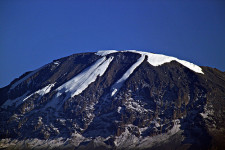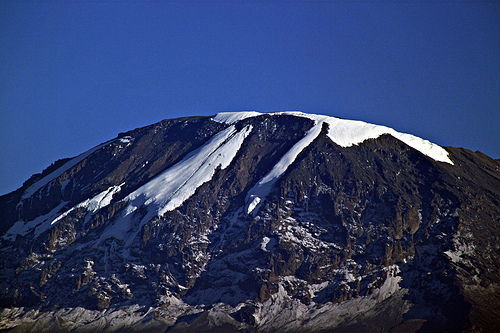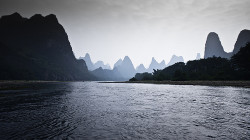
Scenic views are along Li River.
- Li River is a green-blue coloured river located in Asia, in the Guangxi region in southern China, and is a popular tourist destination.
- ‘Li River’ is also known as ‘Lijiang’, ‘Lí Jiāng’ and ‘Lijiang River’ and it is not linked to the city of Lijiang that is located in a different area in China.
- Li River is formed in the Xing’an County in China, in the mountain of Mao’er Shan (Cat Mountain), and merges into the larger Gui River towards the south.
- Li River combined with the Gui River is 437 kilometres (271.5 miles) long and it winds its way south, towards the South China Sea.
- The most popular area for Li River cruises is along an 83 kilometre (51.6 mile) stretch, that starts in the city of Guilin and passes through the hilly Yangshuo County.
Part of Li River
Image courtesy of Oarranzli/Flickr
- Li River has a historical man-made canal, the oldest of its type in the world, that connects the river to the Xiang River, and the canal has contributed to water conservation in the area.
- Along Li River, picturesque, tall rocky hills can be seen, similar to those of Halong Bay in Southeast Asia’s Vietnam.
- Tourists can hire a wide variety of boats along Li River, from small rafts to bigger crafts, and most cruises depart from Zhujiang Wharf, which is 40 minutes by car from Guilin.
- Many features can be found along Li River, including mountains, ancient villages, Half Side Ferry Crossing, and groves of bamboo.
- Li River is commonly visited on rainy days, as the hills silhouette against the sky and mist and fog contribute to the enchanting scenery.



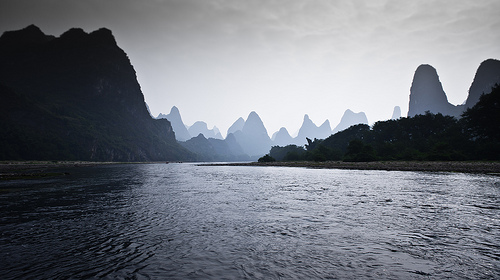
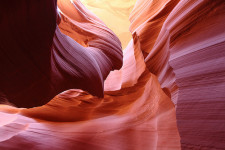




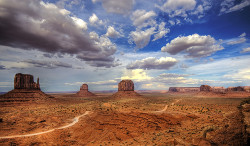
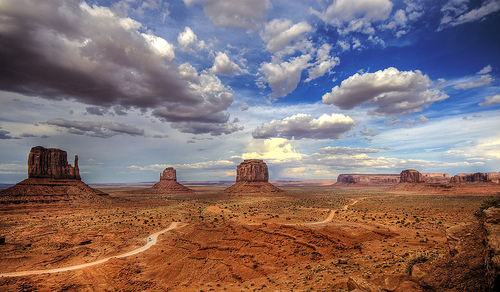



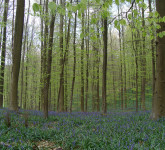

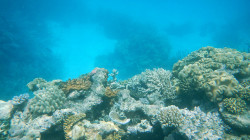
 Part of the Great Barrier Reef
Part of the Great Barrier Reef

